Giacomo, the 16-year-old Italian exchange student who’d been on my Etosha and Sossusvlei tour, had told me that he and a school friend might be going to Swakopmund too, and sure enough – when the public bus pulled up the two of them were already on board. The distance from Windhoek to Swakopmund, only about 160 miles, could have easily been covered in three hours, but with delays and stops the bus took twice that long.
The scenery along the way reminded me of Nevada. The closer we got to Swakopmund, the more it looked like the type of land a country would use as ground zero for nuclear weapons tests. By then I’d seen enough of Namibia to understand why Europe’s colonial powers initially ignored it. In Diamonds, Gold, and War, a history of South Africa from the late 1800s to the early 1900s, Martin Meredith writes that in 1884 the British government characterized Namibia (called south-west Africa at the time) as, “A barren and worthless enclave ‘a long way from everywhere.’”
I said a quick goodbye to Giacomo at the Swakopmund bus stop, assuming that in such a small city I’d see him again, but our paths never crossed. I spent the afternoon just looking around. The German influence was every bit as pervasive as I’d been told – the architecture, the food, the people, the language. I heard more German being spoken than Afrikaans or English.
For me sand dunes were Swakopmund’s biggest attraction. A large dune field began just south of the city. Low clouds made the light bad for photography that first afternoon, but I scouted some locations and planned to be perched on top of a dune, camera in hand, when the sun rose the next morning.
I woke at 5:30am to the sound of rain. With a flat gray sky there was no point in taking photographs, so I went back to sleep. Not until mid-day did the clouds partially clear. The sun broke through intermittently as I hiked out to the dunes, and for a few hours I had interesting light.
“How cool is that?” I said. “You must have had a great time.”
He frowned. “Actually it was quite miserable. I hated it.” To each his own.
Early the next morning I took a shuttle back to Windhoek. Driving through the desert it started to sink in that not only was I about to leave Namibia, a place I’d truly enjoyed, but I’d soon be leaving Africa. It seemed like a long time ago that I’d landed in Nairobi, and I felt extraordinarily fortunate to have had so many memorable experiences since arriving on the continent. But I’d hardly even scratched Africa’s surface. There was so much more I wanted to see. As with most of the places I’ve visited on this trip, I hadn’t even left yet and I was already wondering when I could return.


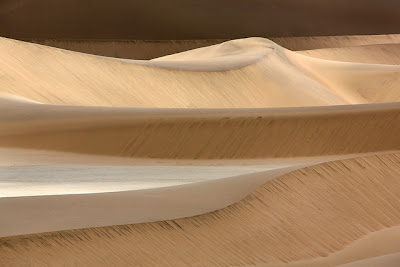



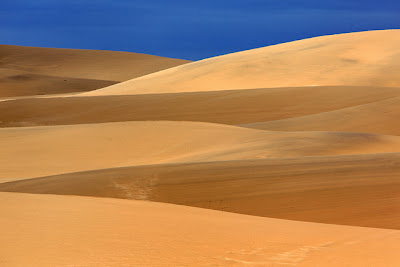

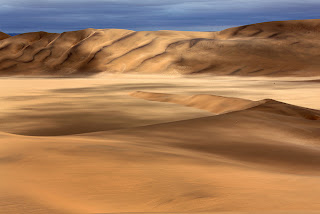
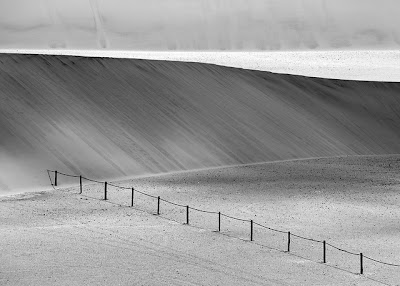
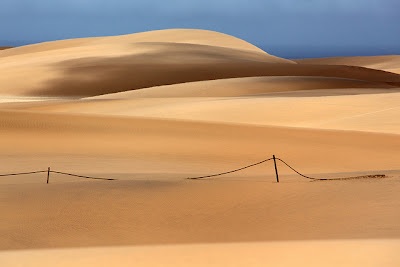

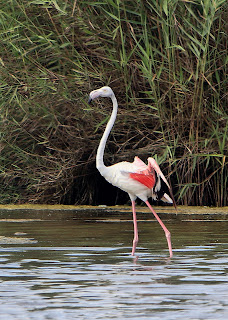
2 thoughts on “Swakopmund, Namibia”